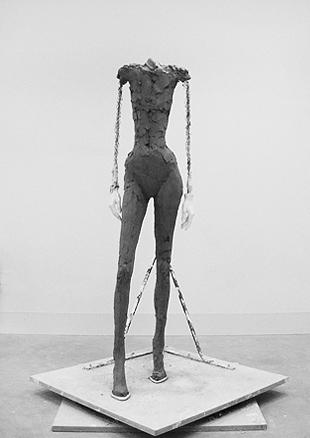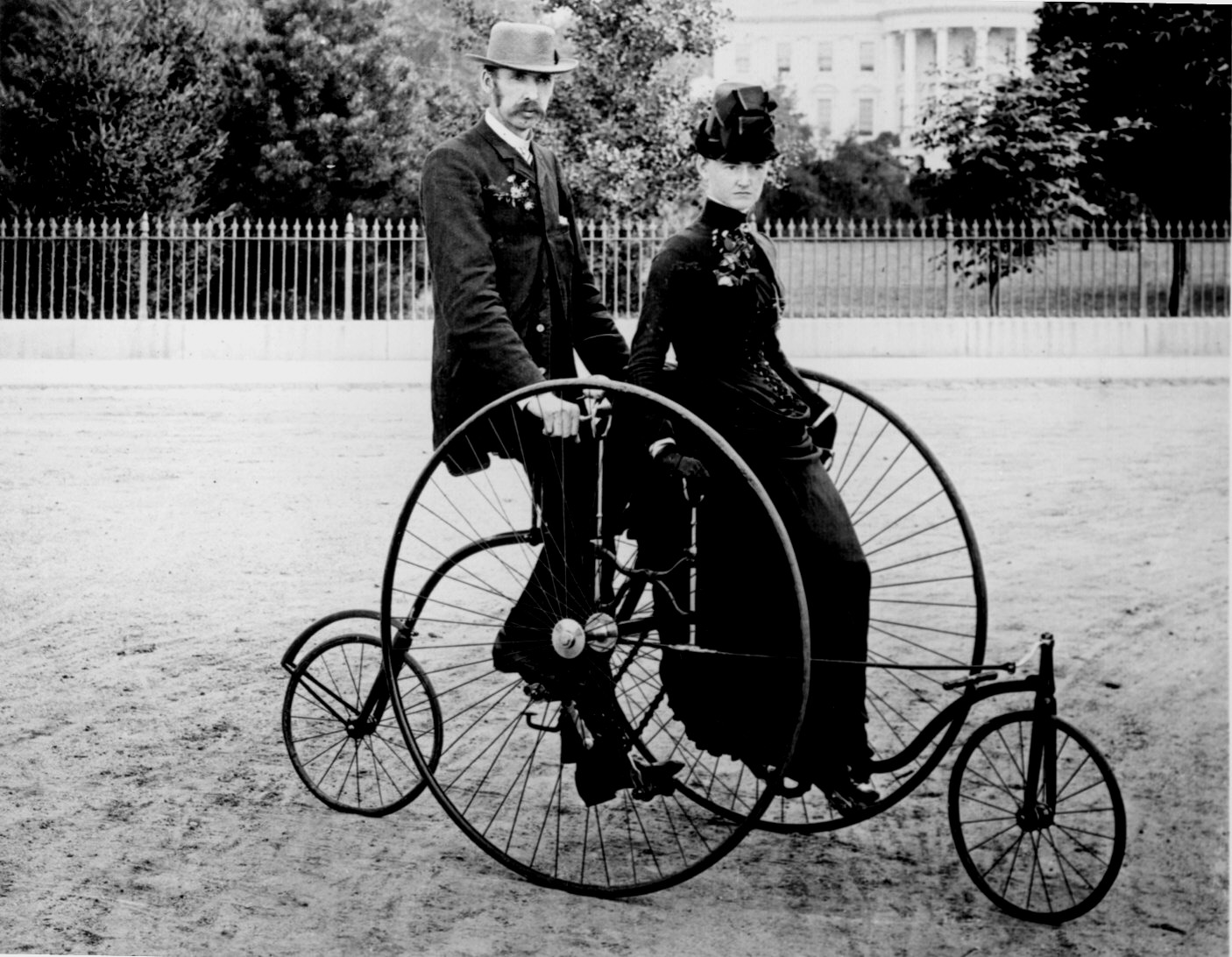The Deforming Mirror: Anais Nin’s Fractured Identity as Read through Fashion
by Tove Hermanson on Sep 29, 2010 • 3:02 pm 1 CommentI am thrilled to be participating in Drexel University’s upcoming [the Dark Side of] Fashion in Fiction conference. If anyone will be in Philadelphia October 8 – 10 and is interested in introducing yourself, please get in touch! Here is a taste of what I will be presenting:
Anais Nin grappled with complex self-identity issues that were revealed in her sartorial selections as much as her overtly philosophical prose. It’s unclear if Nin herself realized the extent to which she used fashion to act out her desires: to glamorize herself and seduce, and alternately to conceal and protect herself. But her numerous and detailed descriptions of her own outfits, how she believed others saw her, how she consistently compared her so-called inferior body to other women’s idealized ones all contribute greatly to the reader’s understanding of this complex woman. She attempted to literally cloak her dark side: her jealousy, imperfections, anger, (bi)sexuality, and fear of abandonment.
Nin struggled with dysmorphia of her physical body and the “multiplicity†of her emotional and intellectual selves. These fragments were often expressed through Nin’s unusual sartorial style, illuminating her hidden fragility, her insecurities, her self-consciousness, but also her bolder sexual desires and her pride. She was preoccupied by her prepubescent-seeming body, even as her numerous lovers expressed no dissatisfaction. Anais used her clothes to exoticize herself, to beautify the unusual looks she perceived as ugly. Inversely, when she met a friend with the intention of deflecting his advances, she dressed “like a warrior, to defend myself against possession.†She admitted, through therapy and written self reflection, she was afraid of being hurt. It follows that the high collars, long skirts, and layers became her armor, protecting her from everything that might penetrate or harm her body, and by extension, her ego.
Nin used the exchanging and gifting of garments– often overstepping her budget to do so– to initiate intimacy and display tenderness. Nin gave June Miller her own sandals, perfume, and handkerchief, metaphorically handing her own identity to her rival (as Henry Miller’s legitimate wife), and as her own future lover. Dressing June satisfied Nin’s desire to feel useful, wanted, loved, and understood (literally walking in the same shoes), but this also highlighted the numerous remaining differences between the women, contributing to Nin’s confused perceptions of self image, self worth, and sexual identity.
Nin also used fashion as a method of distancing herself, as with her superficial, absentee father. During their reunion he told Nin she had become “beautiful by suffering.†He took perverse pleasure in having contributed to the suffering that transformed her. Nin noted with annoyance and confusion that as they became closer he wanted “me to dress conventionally and discreetly… completely artificial, insincere, snobbish…. My artist friends like slovenliness, even shabbiness…. Somewhere in between lies Anais, who wants a free life but not a shabby one.†Once again, clothes and appearance were at the heart of her identity crisis, but perhaps also of her breakthrough. “Once the deforming mirror is smashed, there is a possibility of wholeness; there is a possibility of joy.†There is a possibility of light illuminating the shadows of Anais’ psyche.










!['Yume' Day Bed [Walnut] — Konk - Custom Handmade Furniture](https://i.pinimg.com/236x/e7/84/be/e784bebeb3ca0d2d641a84d05263c436.jpg)

![Kobi Drawers [Walnut] — Konk - Custom Handmade Furniture](https://i.pinimg.com/236x/2a/94/9c/2a949cb1b94b72fd45d6a1dba4f8f5cc.jpg)

















1 comment
cervixosaurus says:
Jan 27, 2011
Wow I love what she said about dressing like a warrior. this whole post is so interesting, I’m glad I stumbled upon it. Last year an artist-in-residence at my art school told me that the way that i and some of the other girls in the class dress reminds him of anais nin. my friend thought that was quite a pervy thing to say, and i agreed with her. but now after reading this i don’t feel so weirded out by it and can just take it as a compliment. She was a beautiful person.